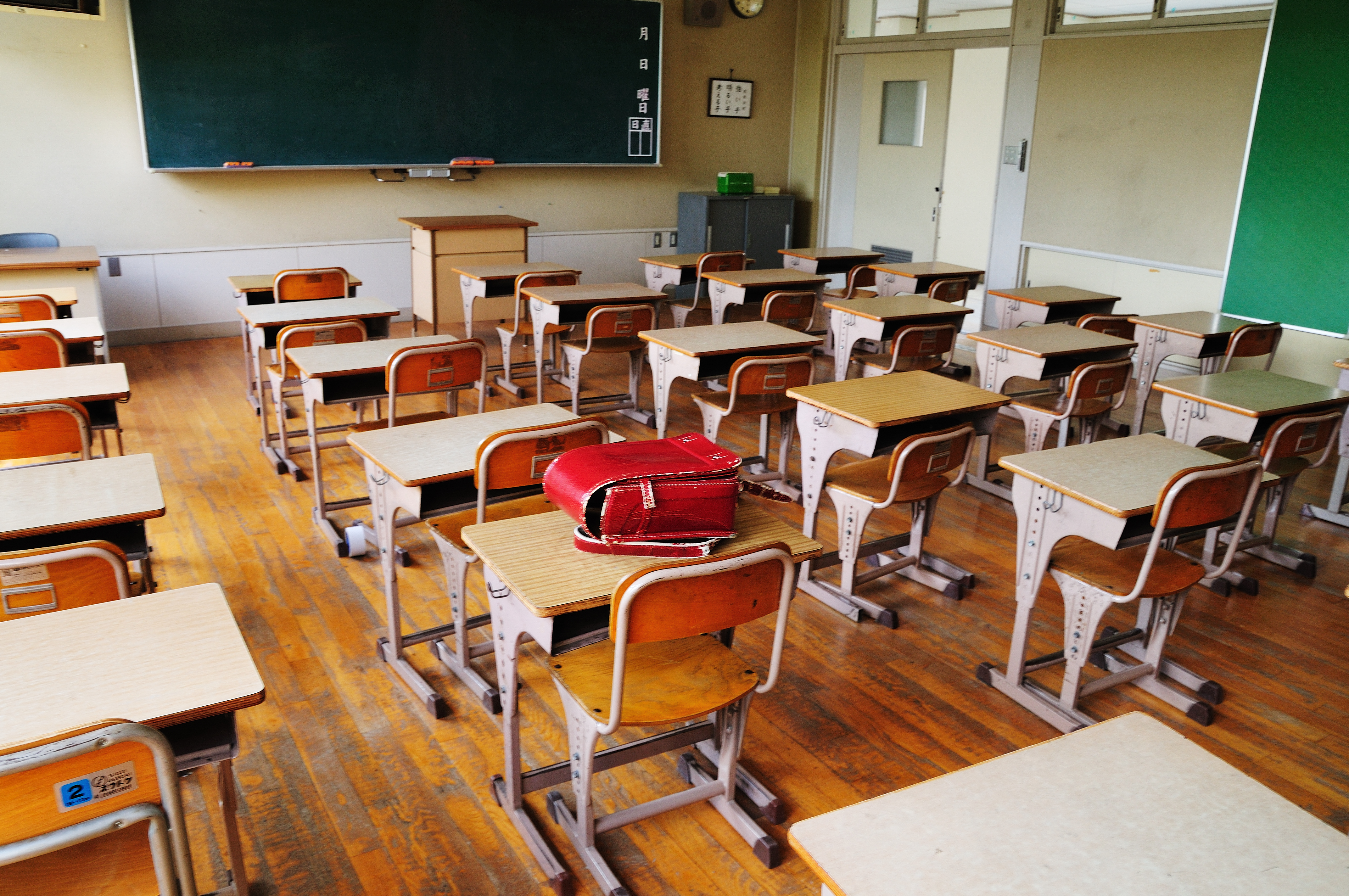The American educationists felt that the prevailing 8 years of primary education were not conducive to the mental and physical needs of the students (both boys and girls). The last two years (classes VII and VIII) did not fulfill the needs of young boys and girls.
Along with it, the 4 year secondary curriculum was entirely new for the students who came after completing the primary education and they took much time in adapting themselves to the new curriculum.
Therefore, it was felt that problem could be solved by including the classes of last two years of primary level in the secondary level. So, by including the 2 years of primary level in the secondary level 3 year junior high schools and 3 year higher secondary schools were constituted and curriculum was constructed according to their needs.
ADVERTISEMENTS:
In 1880, President Eliot of Harvard University, criticising the 8 year education system of the primary level, suggested that it be made shorter. In 1888, with the start of elementary education re-organisation trend, efforts were made to reduce the 8 year curriculum at the primary level.
In 1893, the Committee of Ten and in 1899 the College Requirements Committee suggested to change and re-organise the primary and secondary level curriculum into 6 years each.
In the beginning, only classes VII and VIII were included in the Junior High School. Later on it was increased to 3 years. First of all, this re-organised system was implemented in Massachussets and Springfield. Later on in 1909 it was implemented in Columbia and Ohio and then in 1910 in California and Berkley.
ADVERTISEMENTS:
The purpose of beginning Junior High School system was to create an intermediate standard between the primary stage and the higher secondary stage. In re-organisig the curriculum, preference was given to the fact that the new curriculum should help the students in learning difficult subjects after the integration (co-relation) of the primary level curriculum and the secondary one.
It was hoped that this change would fulfill the physical, mental and social needs of the young boys and girls. The curriculum is important in as much as it points out the system of education and direction of life.
So, we can call curriculum as the corner-stone because at the junior stage, it provides opportunities to the students to understand their limitations and possibilities. The teacher, also, is able to get an idea of the individual needs, interests and capabilities of the students (boys and girls).
The curriculum enables the students to develop their natural social tendencies, and at the same time their individual differences may be kept in mind while teaching. The inclusion of pre-scientific and pre- vocational subjects at this stage has produced novelty and vocationalisation in the curriculum.
ADVERTISEMENTS:
The secondary Education Reorganisation Committee obtained official sanction in 1918 for the re-organisation of the proposed junior high school classes. It was accepted as the education unit between primary stage and the high secondary stage. The junior high school stage provides for the education of adolescents. Therefore, it may be called as school for adolescents.
This system has been less influenced by the academic interpretation of higher education or university education than the pre-existing secondary schools. At this stage, the students are taught to adjust themselves to their private, social, civic, home, economic and vocational life.
They are taught to adapt themselves in the complex world and adopt a health view of life by utilising their leisure hours constructively Thus the junior high school system fulfils a great need of the society and nation.
Adolescence begins at the junior high school stage. At this stage, the age of boys and girls is generally between 12 and 14 years. The curriculum of these classes is more developed, extensive and liberal than the curriculum of the last three classes of 8 year primary stage.
In this curriculum gradual teaching-system has been provided by including combined subjects and fusion of subjects. Combined subjects are taught for a long period by the same method. In subject combinations, English, social studies and science are common.
Additional subjects included are mainly home-economics, industrial art, music and art. In teaching, unit method and correlation of subjects are given preference. Most of the junior high schools have separate buildings from the higher secondary schools.
According to National Survey of Secondary Education, the characteristics of junior high school education are as follows:
1. Progressive teaching—system.
2. Study observation.
3. Study-programme.
4. Admission and progress facilities.
5. Educational and vocational counseling.
6. Special subject-combination.
7. Organisation of extra-curricular activities.
8. Separate school-building and material aids.
9. Specially trained teachers.

